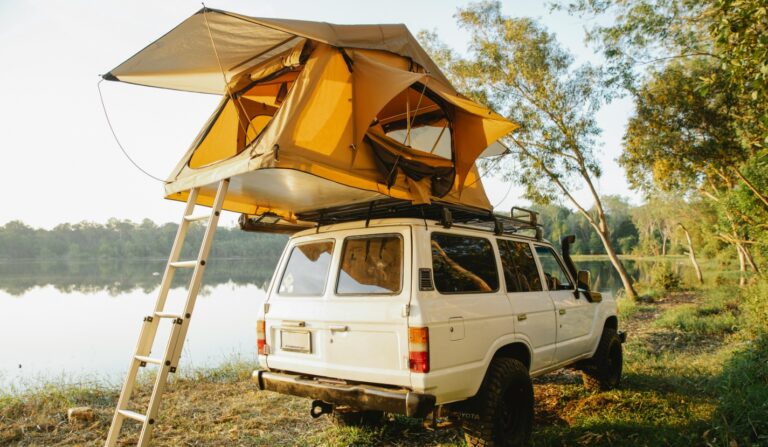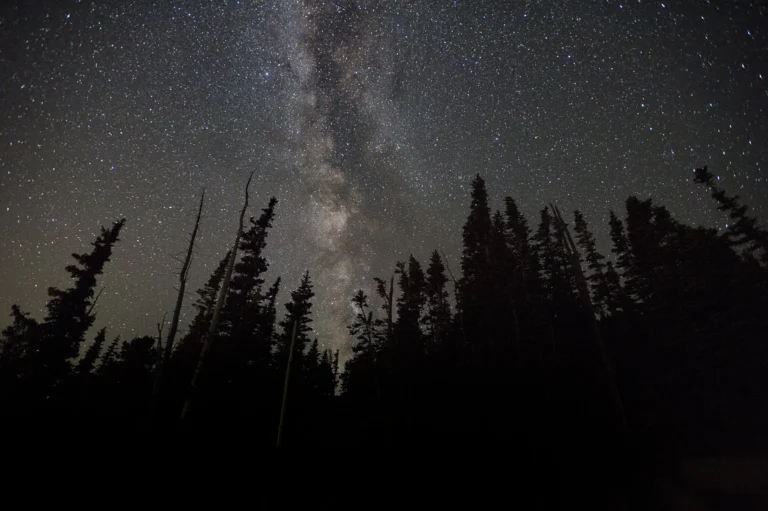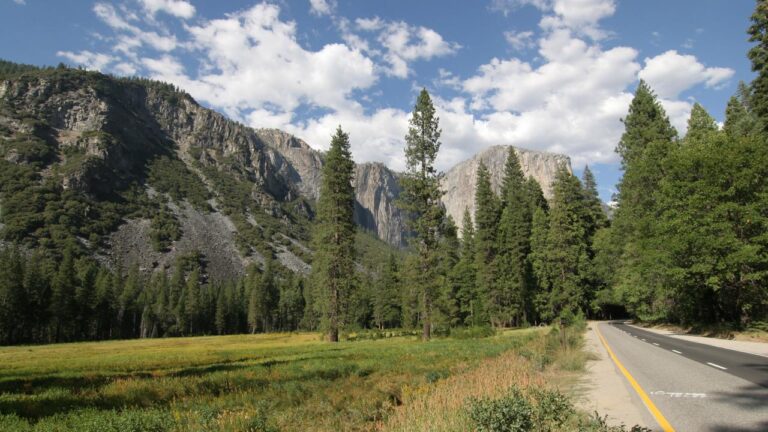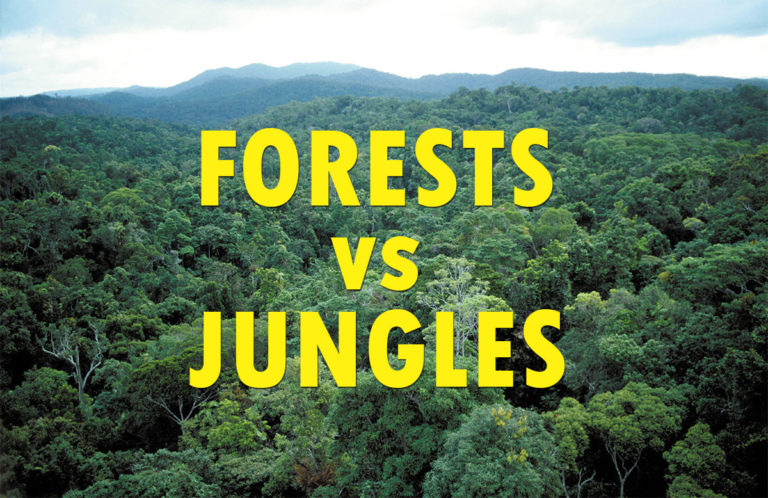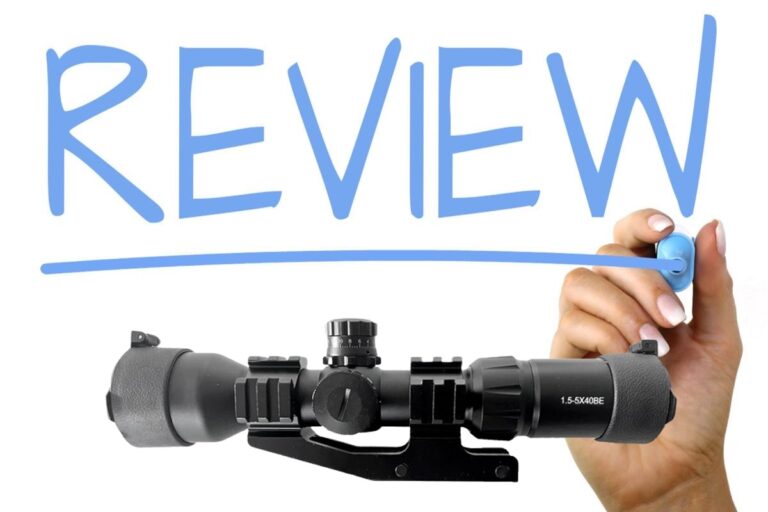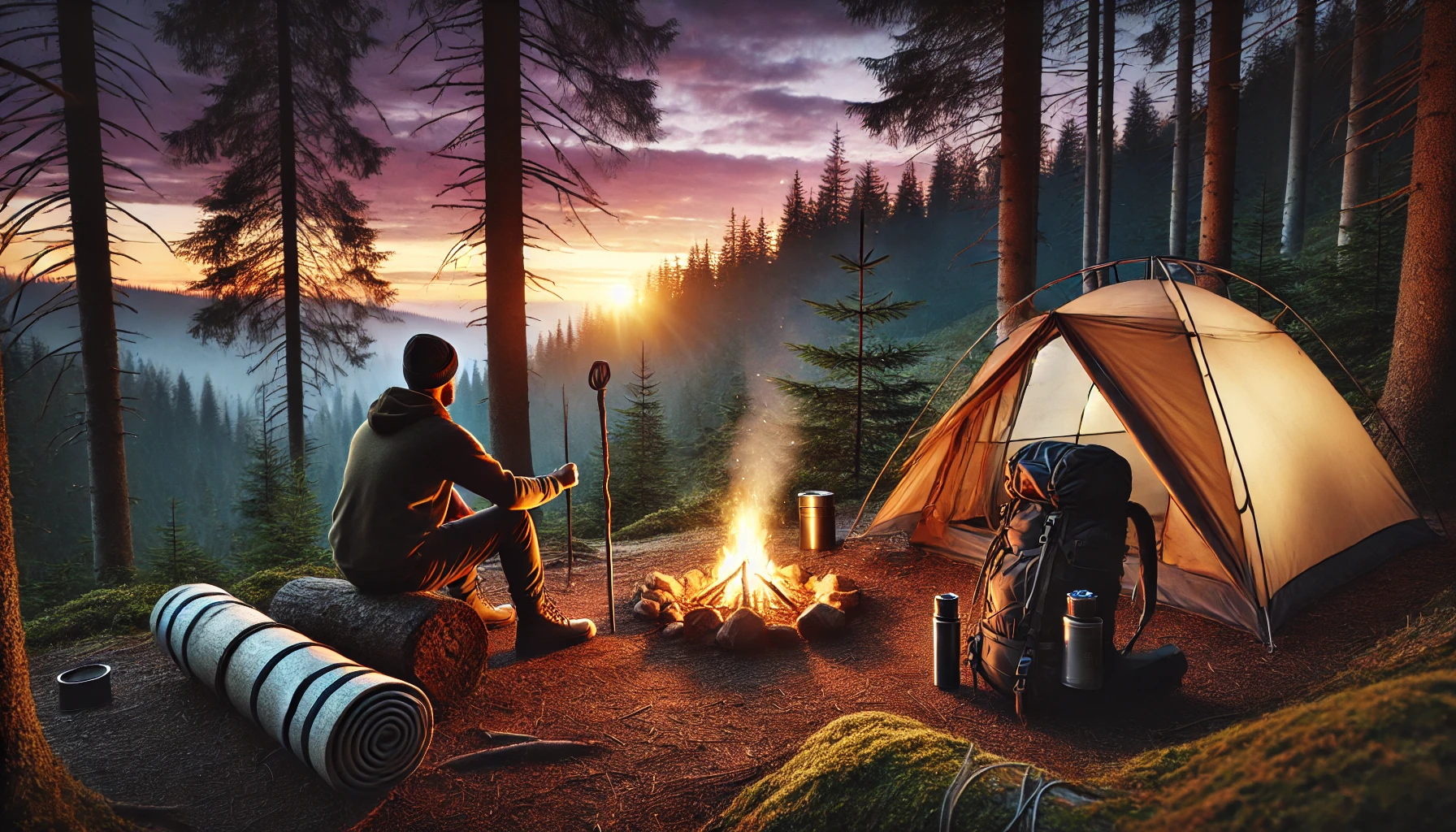
There’s a stillness that settles in after the fire dies down. The forest exhales. The stars press in. And for a few brief hours, it’s just you and the wild, sharing silence. That’s the magic of camping. But that magic comes with a responsibility—to protect yourself without disturbing the balance of the natural world.
Safety while camping isn’t about fear. It’s about preparedness. It’s about treading lightly and thinking ahead, so you can sleep soundly knowing you’re ready for whatever the night might bring.
First, Know Where You’re Pitching
Campground, backcountry, or dispersed wilderness—each comes with its own risks and rules. Some state and national parks strictly prohibit firearms. Others require bear-proof containers or limit campfire use during dry seasons. It’s not red tape—it’s respect. For the land. For the wildlife. For fellow campers.
Before you leave, check local guidelines. Be sure your campsite choice matches your gear and skill level. A little research goes a long way toward a safe, successful trip.
A Walking Stick with Purpose
I never leave basecamp without my hiking staff. It’s more than a walking aid. In thick woods, it helps test terrain. In close encounters, it becomes a defense tool.
Consider a weighted staff like the Tactistaff. It looks like something you’d see on a seasoned hiker, not a security detail—but it carries real weight, literally. Useful for balance, better for deterrence.
Bear Spray > Firearms (Yes, Really)
There’s a misconception that a firearm is the best way to protect yourself in the wild. But when it comes to bears, the data tells a different story.
Bear spray has a higher success rate in deterring attacks. It’s quicker to deploy and doesn’t require perfect aim under pressure. Plus, it’s non-lethal—aligning with the ethics many of us hold dear when we walk into wild places.
I carry it holstered on the outside of my pack, ready for fast access. A single canister can buy you time, space, and safety.
Don’t Forget the Blade
A knife is indispensable. From slicing rope to processing kindling, it’s an essential piece of kit. It also doubles as a backup tool for self-defense.
Mine’s a simple fixed-blade with a solid grip. Lightweight, sharp, and reliable. It’s seen more campfires than I can count—and has a permanent spot in my pack.
After-Dark Awareness with Night Vision
Camping after dark? Whether you’re out for a night hike or just hearing noises near the treeline, night vision can be a huge advantage.
You don’t need to spend a fortune either. Budget-friendly options like The DarkForce Night Vision Binoculars or the compact Raven Monocular offer solid performance without breaking the bank.
I’ve used both in dense forests and open desert. They make nighttime feel a little less mysterious—and a lot more manageable.
Perimeter Protection: Low-Tech, High Impact
Sometimes, a little noise is all it takes to stay safe. Portable alarms like tripwire systems or motion sensors can be strung around your campsite perimeter. They’re small, lightweight, and reusable.
I use a basic tripwire alarm when I’m deep in bear country or solo camping far off-trail. It’s a mental comfort and a practical tool. When triggered, it gives you just enough time to assess and act.
End the Day, Begin the Vigil
Camping is a chance to reconnect. With nature. With simplicity. With yourself. But even in the calmest forests, things can change fast. Wind shifts. Animals stir. The unexpected knocks.
That’s not a reason to stay home. It’s a reason to prepare well—and walk into the woods with confidence.
So pack wisely. Camp respectfully. And always leave your site better than you found it. Because safety and sustainability go hand in hand.
See you under the stars.
